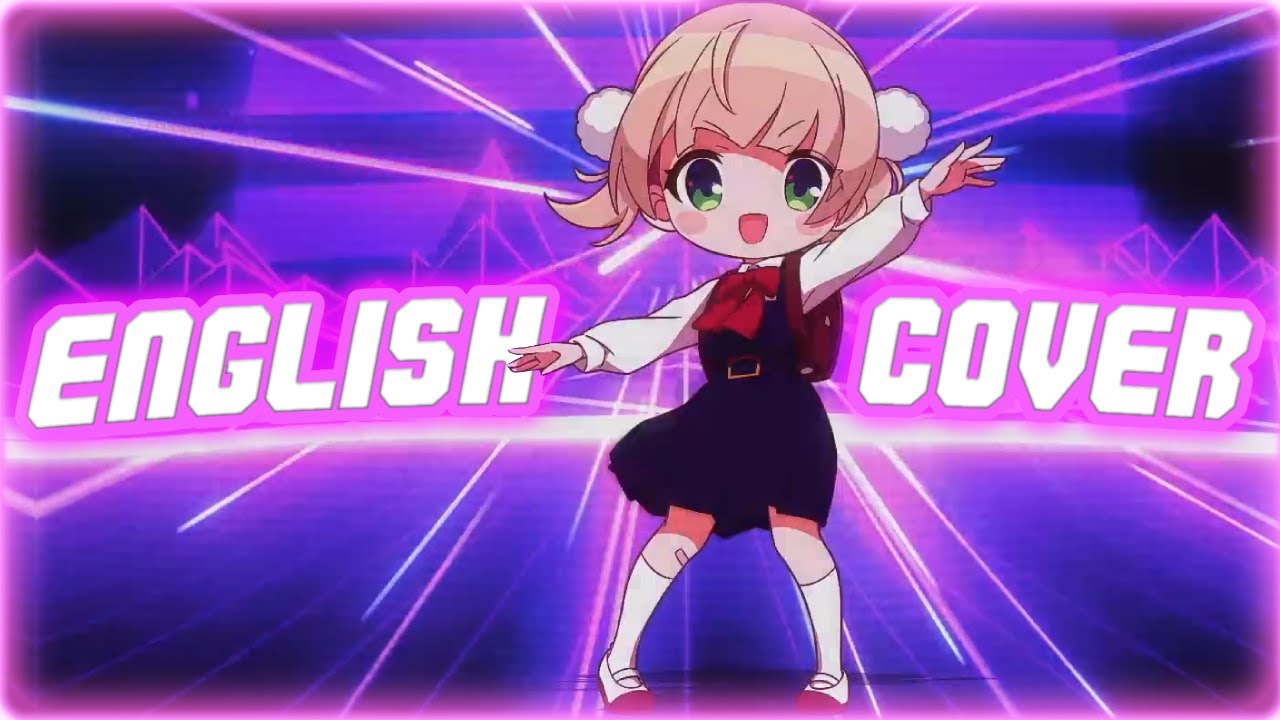Introduction
Loli Booru refers to a type of imageboard website that specializes in hosting and sharing anime-style artwork depicting youthful or childlike characters, often referred to as “lolis” in anime and manga subculture. These platforms operate similarly to other booru-style imageboards (like Danbooru or Gelbooru) but focus specifically on loli-themed content. The existence and operation of such sites remain highly controversial due to legal and ethical concerns surrounding the depiction of underage characters in various contexts.
This article will examine the technical aspects of how these sites operate, the cultural context of loli content in anime/manga fandom, the ongoing legal debates, and the ethical considerations surrounding this phenomenon. It aims to provide factual information rather than endorsement of any particular viewpoint.
Technical Structure of Booru-Style Imageboards
Loli Booru sites typically follow the same basic structure as other booru imageboards:
- Database Architecture: Most use tag-based categorization systems allowing users to search images by character, series, artist, or attributes.
- Open-Source Foundations: Many are built on open-source booru software derivatives, modified for their specific content focus.
- User Contribution Systems: They generally allow registered users to upload content, add tags, and sometimes participate in moderation.
- Filtering Systems: Advanced sites implement filtering options allowing users to block certain content types according to personal preferences.
The technical operation raises no inherent legal issues—the controversy stems entirely from the specific content hosted rather than the underlying technology.
Cultural Context of Loli in Anime/Manga
To understand why such specialized sites exist, one must examine the cultural context:
- Artistic Style: Anime/manga art styles often depict characters with youthful features regardless of their canonical age. This creates ambiguity in character interpretation.
- Character Tropes: Many popular anime series include “loli” character archetypes—petite, youthful figures who may actually be centuries old in the story’s lore.
- Subculture Niche: Like any artistic medium, anime has specialized fan communities focused on particular character types or aesthetics.
Mainstream anime communities often debate the appropriateness of sexualized depictions of these characters, regardless of their fictional nature.
Legal Landscape
The legal status of loli content varies dramatically by jurisdiction:
- United States: Under the PROTECT Act of 2003, drawn depictions may be considered illegal if deemed “obscene” or constituting “child pornography” under the Miller test. Enforcement varies.
- Canada: Explicit depictions are explicitly illegal under the Criminal Code.
- United Kingdom: Prohibited under the Coroners and Justice Act 2009.
- Japan: Production and possession are currently legal unless deemed “unreasonably realistic,” though distribution laws have recently tightened.
- European Union: Varies by country, with several member states banning all such depictions.
This patchwork of laws creates complex jurisdictional challenges for any website hosting such content globally.
Ethical Debates
The existence of these sites sparks intense ethical discussions:
Arguments Against:
- Potential normalization of harmful attractions
- Possible gateway to illegal content
- Ethical concerns regardless of legal status
- Potential harm to real children through cultural influence
Arguments For (from proponents):
- Distinction between fiction and reality
- Artistic freedom and stylized representation
- Value as outlet preventing harm to real individuals
- Cultural differences in media interpretation
These debates involve complex questions about art, psychology, ethics, and law that lack universal consensus.
Moderation Challenges
Loli Booru sites face unique moderation difficulties:
- Content Boundaries: Determining what constitutes acceptable stylization versus problematic realism.
- Legal Compliance: Navigating different national laws when operating on global internet.
- Community Management: Balancing free expression with preventing actual illegal content.
- External Pressure: Frequent hosting and payment processor challenges due to controversial nature.
Many such sites implement strict tagging systems and content policies to maintain operational viability.
Psychological Research
Limited academic research exists specifically on loli content consumption:
- No Consensus: Studies have not demonstrated clear causation between fictional content and real-world harm.
- Therapeutic Perspectives: Some clinicians suggest it may provide outlet for some individuals, while others warn of potential risks.
- Cultural Relativity: Reactions to such content appear culturally mediated rather than universal.
More rigorous, unbiased research is needed to properly understand any psychological impacts.
Technological Responses
Internet infrastructure companies have implemented various measures:
- Hosting Restrictions: Most major providers prohibit such content in their TOS.
- Payment Blockades: Financial processors often deny services to these sites.
- Search Engine Filtering: Major search engines frequently delist or downrank such content.
- DNS Blocking: Some countries mandate ISP-level blocking of such sites.
These measures have pushed such sites toward decentralized hosting and alternative payment systems.
Future Trends
Several developments are shaping this space:
- Legal Changes: Increasing global legal pressure on fictional depictions.
- Technological Shifts: Movement toward decentralized platforms resistant to takedowns.
- Cultural Evolution: Changing attitudes in both anime fandom and general society.
- AI Generation: Emergence of AI art tools complicating content moderation further.
The long-term viability of specialized booru sites remains uncertain amid these changes.
Conclusion
Loli Booru sites exist at the intersection of complex legal, cultural, and ethical debates. While technically similar to other anime imageboards, their specific content focus places them under intense scrutiny. The broader questions they raise about fictional media, artistic freedom, and potential societal impacts lack simple answers and vary significantly across different cultural and legal contexts.
Understanding this phenomenon requires nuanced consideration of multiple perspectives rather than reductive judgments. As internet culture and laws continue evolving, so too will the landscape surrounding such specialized content communities.



